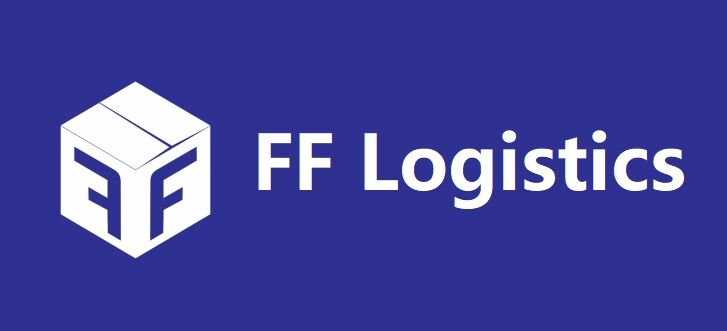How to avoid your customer receive a broken product?
Introduction
Receiving broken merchandise is discouraging for patrons and can harm a company's reputation. It's crucial to implement strategies that minimize the risk of damage during shipping. This post outlines steps to ensure your goods arrive safely and in perfect condition.
Quality Control
Before Packaging Every item must withstand a thorough inspection for defects before leaving the facility. Carry out a robust quality control process to confirm only merchandise meeting standards are wrapped and transported. This initial check is the first line of defense against damaged goods.
Opting for Appropriate Packing Materials
Judiciously selecting the proper packing supplies is key to safeguarding your goods. Choose durable materials that can withstand the rigors of transit. Contemplate the item's fragility and dimensions when selecting packaging. Utilize cushioning materials like air pockets, foam, or peanuts to furnish extra padding and absorb impacts.
Effective Packaging Techniques
Properly securing things within the package is crucial. Employ internal packaging to fill voids and prevent items from shifting during transit. Seal packages securely to shield against moisture and impact. Ensure that the packaging is not only protective but also presents your product professionally.
Appropriate Handling of Delicate Items
For delicate items, go the extra mile. Clearly label packages as "Fragile" and include icons that signal careful handling. Employ additional padding and structural support within the package. For high-value or uniquely shaped items, contemplate custom packaging solutions designed to fit the product perfectly.
Choosing Reliable Shipping Partners
We meticulously vet shipping carriers, prioritizing those with a strong track record of carefully delivering goods arrive safely. Extensive research into each company's reputation and claims handling allows us to identify partners dedicated to reliability and minimal damage. For high-value items, extra precautions like supplemental insurance and requiring signatures provide peace of mind.
Proper Labeling Is Paramount
Packages receive labels bearing all essential delivery particulars. Fragile items get clear markings and any special directions receive prominent placement. Thorough records detailing each shipment's contents and worth streamline the process should problems arise.
Implementing Strategies to Prevent Damage
Staff learn packaging and handling best practices through rigorous training. We regularly reassess supplies and methods, adopting industry advances to fortify protections. An educated, conscientious team forms our first line of defense against issues in transit.
Timely Communication Is Key
Customers get estimated delivery windows and tracking access. Policies governing damaged goods receive clear communication so any problems yield positive resolutions. Prompt, transparent dialog turns negatives to positives.
Responding Decisively to Claims
A well-defined claims handling process offers swift aid. Inquiries about harmed items get immediate attention through solutions like refunds, replacements or credits. Quick, equitable responses maintain trust and loyalty.
In Conclusion
Avoiding shipping damages underpins satisfaction and reputation. Focusing on quality control, suitable packaging, reliable partners, and open customer communication dramatically decreases the risk of items arriving broken. Continuous improvements reinforce protections for products and delight for customers.









